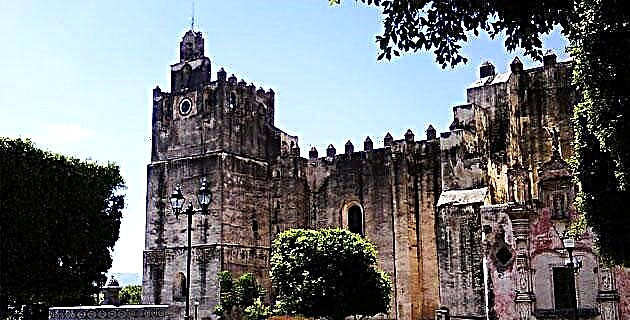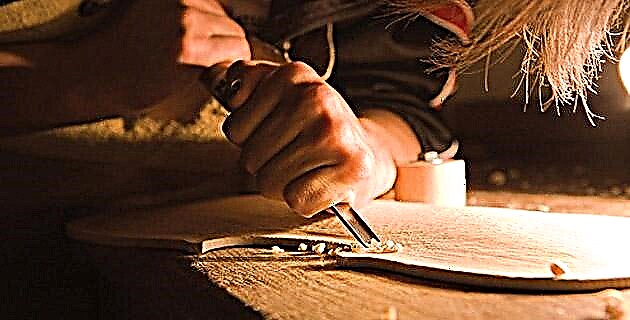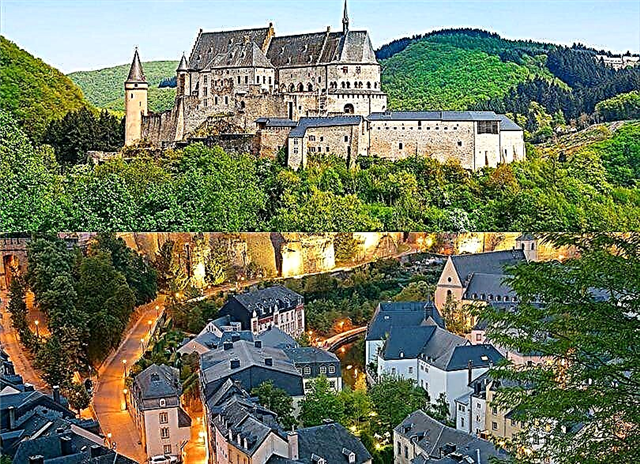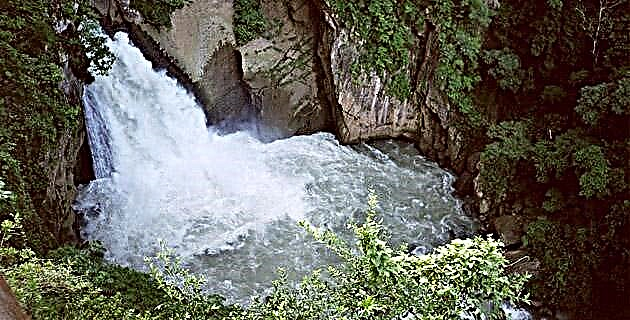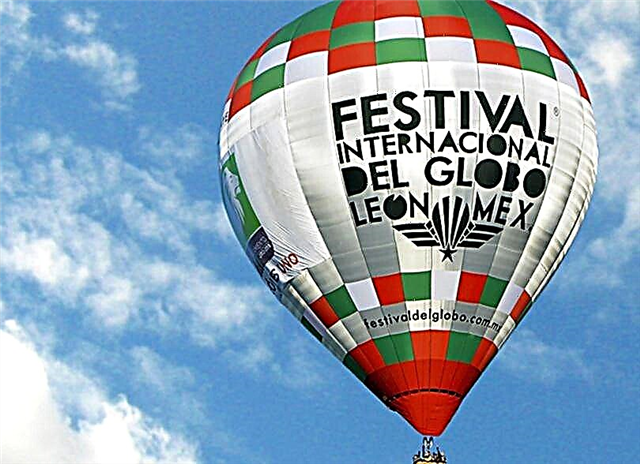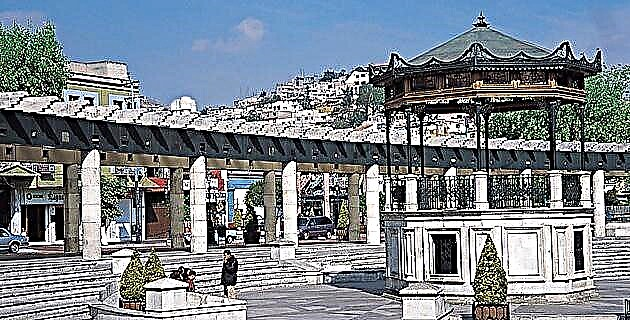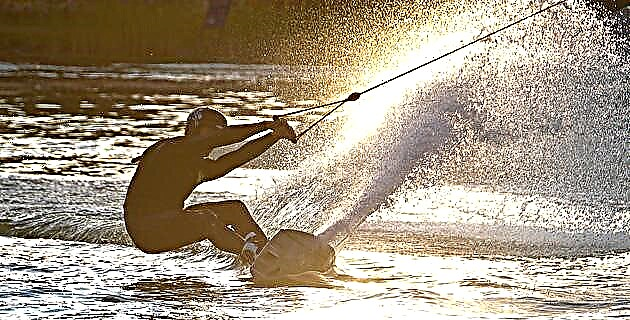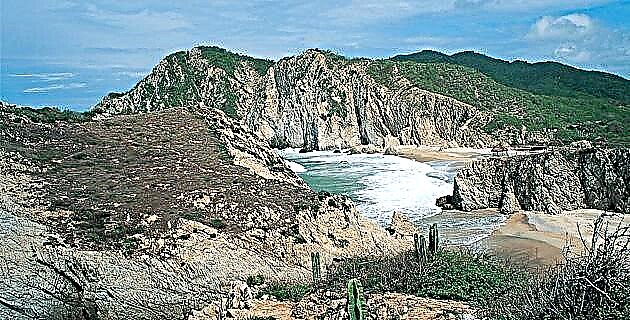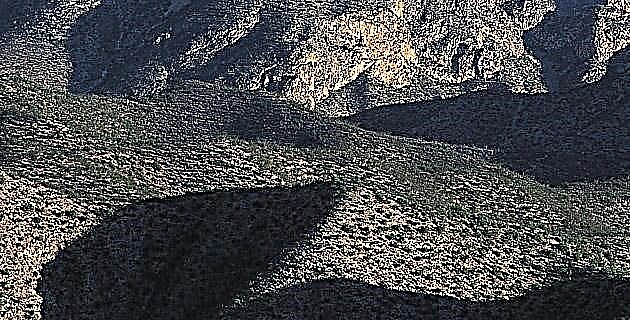
Talking about the Sierra Gorda is talking about missions, history, rugged beauty and large cavities, among them the Sótano del Barro and the Sotanito de Ahuacatlán, famous in the world speleological field for being the most representative of the region.
Talking about the Sierra Gorda is talking about missions, history, rugged beauty and large cavities, among them the Sótano del Barro and the Sotanito de Ahuacatlán, famous in the world speleological field for being the most representative of the region. However, in this state there is another basement of great magnitude and beauty that is not mentioned. I mean El Socavón. 1
Wishing that some day not too far away caving in Mexico will cease to be considered the romantic adventure of a few to make way for science, I present this new experience that, I believe, will awaken interest in knowing and understanding the life that flows in the caves of our country.
The Sierra Gorda is part of a large mountain chain belonging to the Sierra Madre Oriental. It is an alignment of calcareous mountains whose general direction is northeast-southeast. Its approximate length is 100 km and its maximum width is 70 km; Politically it belongs for the most part to the state of Querétaro, with some small portions in Guanajuato and San Luis Potosí, and has approximately 6,000 km2. Highway number 120 is currently the main access to this region and part of the population of San Juan del Río, Querétaro.
We left Mexico City and went to the town of Xilitla, in the heart of the Huasteca Potosina, which we arrived at at 6 in the morning. After unloading the equipment from the bus, we boarded a truck that with the same schedule leaves for the town of Jalpan. An approximate hour's walk and we are in La Vuelta, a place from where, on the right, a dirt road that leads to San Antonio Tancoyol starts; Before reaching this last town, you will find Zoyapilca, where you have to turn off along the path that leads to La Parada, the last inhabited point, nestled in a great valley of green contrasts. The approximate distance from La Vuelta to this point is 48 kilometers.
THE APPROACH
As always, the main problem in remote and difficult-to-access places is transportation, and in this case it was no exception, since we did not have our own vehicle, we had to wait for a truck to go up to La Parada. Fortunately, luck did not abandon us and we got a transport relatively soon, because Sunday is market day in La Parada and since the night before, several vans loaded with merchandise have come up, which without major problem can carry a small group.
It is almost night when we unload the backpacks from the truck; We still have two hours of light left and we have to start the march to the cave, which is located about 500 m before reaching the Ojo de Agua ranch. As always, the rope is the main problem due to its weight: it is 250 m and we all get crazy when it comes to seeing who will be the "lucky ones" who will carry it, since, in addition, the backpacks come full of water, food and equipment . Trying to go lighter, we considered the idea of getting a horro that would carry the load, but unfortunately the person who owns the animals is not there and another, who also has, does not want to take us because it is getting dark. With great sadness and all sunny we have no choice but to put on our backpacks and start to climb. And there we go a "pack" of four tired cavers with 50 m of rope each. The afternoon weather is cool and the smell of pine invades the environment. When it gets dark, we light the lamps and continue the march. At first they told us that it was a two hour walk and based on the above we agreed to walk that time and camp so as not to go beyond our objective, since it is more difficult to locate a cavity at night. We slept at the edge of the road and with the first rays of the sun outlining the mountains we set up camp. In the distance I hear the crow of a rooster that comes from a village called El Naranjo, I go up to him to ask about the Socavón and the owner kindly tells us that he will take us.
We continue ascending the path to a hill where a wooden door is located in the middle of a beautiful wooded landscape. We begin to descend and suddenly, in the distance, we see a beautiful and imposing sinkhole at the end of which we can make out the cavity. Excited, we hurry up and take a path covered with abundant vegetation that leads directly to the sinkhole where this beautiful chasm is located.
The beauty of the landscape is magnified by a flock of parrots that, flying through the sky over the mouth of the abyss, welcome us with crazy fuss and then lose themselves among the exuberant vegetation inside the chasm.
TRAVELING HIS INSIDE
A quick look at the basement and its topography indicates that the descent should be made from the highest part of the mouth. We leave some of the food and other things that we will not use on the shore and our friendly guide climbs up the left side, surrounding the mouth and opening the path with the machete. We follow him with the necessary equipment and with great caution.
In a small clearing, I fasten the rope to a thick log and lowered myself until I was in the void, from where I observe the bottom of the first shot and the huge funnel full of vegetation. We walk a few more meters and choose the place of descent, which we proceed to clean.
It is important to mention that the topography of this cavity made by the Americans presents an error, by virtue of the fact that the shot is not completely vertical as reported, since at 95 m, after the ramp that forms the funnel, another smaller that interrupts the descent which causes the shaft to lose the vertical and deviate about 5 m under what would be the vault of the huge interior room, making a division in this place essential, which is reduced to 10 m in diameter.
I descend here, observe the morphology of the shaft and go up again in order to move the installation a few meters and see the possibility that the rope passes exactly through the center of the funnel. Once up, we go through the anchorage and now it is my partner Alejandro who descends; after a few minutes his voice is heard from the ramp ... free !!! and ask someone else to come down. It is Carlos's turn who meets with Alejandro to set up the second shot. The descent in this part is glued to the wall on a series of springs (the largest, the last, measures between 40 and 50 m) for which there is a lot of friction on the rope, although the extended feet help a little to make it peel off the wall. An important detail; It is necessary to take care that the rope does not get tangled when reaching the ramps, which is a bit annoying, so it is suggested to lower only the necessary amount to reach them. Once the first caver has been secured, you can meet with another person to put together the final part and for the rest of the group to go down without problems.
Perhaps for some people who are starting in this beautiful activity, the care that should be given to the ropes seems exaggerated, but with time and experience, especially that acquired when descending great abysses, they learn that it is nothing less that life what hangs on them.
Once the shot is finished, a ramp of about 65 ° slope and 50 m long is lowered, caused by a large accumulation of fallen blocks, the product of an old collapse. In this last part, the floor is made up of hardened limestone sedimentation, consolidated mud and small rocks; There are also some stalagmites approximately 1m high, as well as several logs that have fallen from the outside, probably dragged by the water and that served to make a fire that made the stay in the cold background more pleasant.
While our companions explore the bottom, those of us who stay above have to endure a terrible soak; in a matter of minutes and without giving us time for anything, nature rages with us. The thunder and the almost black sky are impressive and as much as we try to cover ourselves between the trees, the dense rain reaches us from all sides. There is no rocky shelter to protect us and we have to stay on the edge of the abyss, attentive to any unforeseen event, since two large blocks have detached due to the humidity that fortunately are not a problem for our companions at the bottom, but they do make them nervous . We are so numb that not even thinking about dinner cheers us up. Martín has the idea of making a bonfire and asks us if we think the wood will burn wet.
With great skepticism on my part, I answer in the negative, snuggle up in my sleeve next to a stone and fall asleep. Time passes slowly and I am awakened by the creaking of the branches when they are eaten by the fire. Martín has achieved what seemed impossible; we approach the campfire and a pleasant sensation of heat runs through our skin; Large amounts of steam begin to come out of our clothes and, once dry, our spirits return.
It is night when we hear Carlos's voice that has risen. We have prepared hot soup and juice that we offer as soon as the equipment is removed; some time later Alejandro comes out and we congratulate them. The objective has been achieved, the victory belongs to everyone and we only think about sleeping by the campfire. The next day, after a last breakfast where we destroy everything edible, we take out the rope and check the material. It is midday when, with a feeling of sadness, we say goodbye to El Socavón and we begin to go down from the mountains tired. Our scarce energy reserves are consumed in a rough basketball game with the children of the town, which ends our fleeting stay in the famous Sierra Gorda in Queretaro, because El Socavón will continue there forever, waiting for others to illuminate its insides.
The Socavón is inhabited by a small population of parrots, which have not yet been studied. However, Sprouse (1984) mentions that they are probably of the Aratinga holochlora species, the same to which those that inhabit the famous Sótano de las Golondrinas, close to the area, belong.
Source: Unknown Mexico No. 223 / September 1995

